

Description
- +888 (123) 869523
- sailo@gmail.com
- New York – 1075 Firs Avenue
OFFSHORE STRUCTURE CPS
Offshore structures are significant capital investments and incur high operational costs. Exposed to harsh marine environments, they require continuous corrosion prevention to ensure long-term safety and functionality. Corrosion, driven by environmental factors such as sun, temperature, atmospheric gases (O2 & CO2), and sea water electrochemistry, can cause extensive damage, sometimes leading to catastrophic structural failure. To combat this, a combination of cathodic protection and protective coatings is commonly employed.
Subsea Pipeline and Production System Cathodic Protection
Subsea pipelines use a combination of external coatings and cathodic protection systems to combat corrosion. While coatings act as the primary defence, CP serves as a backup to account for potential deficiencies.
Bracelet-type anodes are clamped onto pipelines to provide long-term corrosion protection, especially for subsea installations.
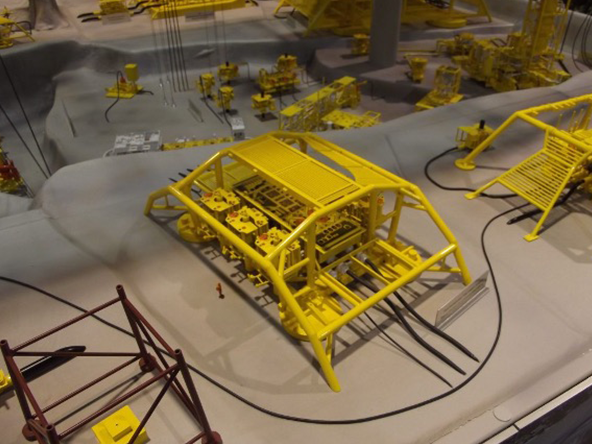
Offshore Platform Cathodic Protection
Offshore platforms, typically constructed from steel, have long service lives of 20 to 50 years or more. Compared to sacrificial anode systems, ICCP systems offer longer service life, environmental friendliness, and lower maintenance costs, making them the preferred option for many offshore designs.
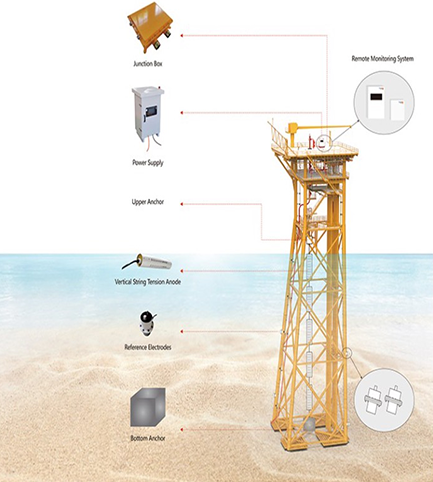
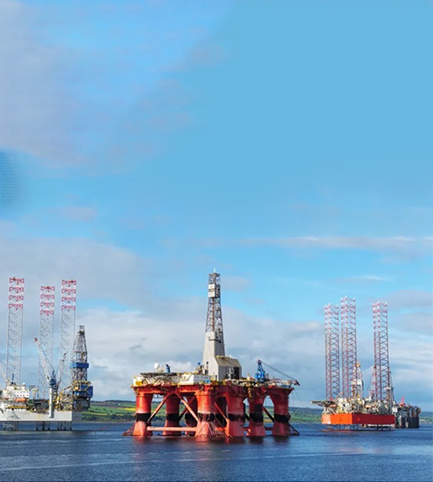
The team of engineers in Arcturus Engineering will assess your asset and offer customized CPS engineering design, which could generally include the Braced Offshore String Anode used for shallow water structures like oil platforms and steel wharf foundations, this system integrates anodes, cables, and steel cable for robust protection. We also offer Remote Offshore Static Anode design for deepwater platforms, this system offers reliable protection for complex subsea installations.
Bridge Substructure Cathodic Protection
Cathodic protection is essential for mitigating corrosion and damage in reinforced concrete bridge members, particularly in chloride-rich environments. Cathodic protection can be installed during new construction or integrated into rehabilitation projects to extend the structure’s life.
At ARCTURUS ENGINEERING SERVICES, we offer the types of CPS engineering design including:

Limited in current and voltage output, these systems are typically used in high-salinity environments like seawater contact zones.

Offering greater flexibility, these systems provide adjustable current output, ensuring longer protection life and less frequent replacement of anodes.
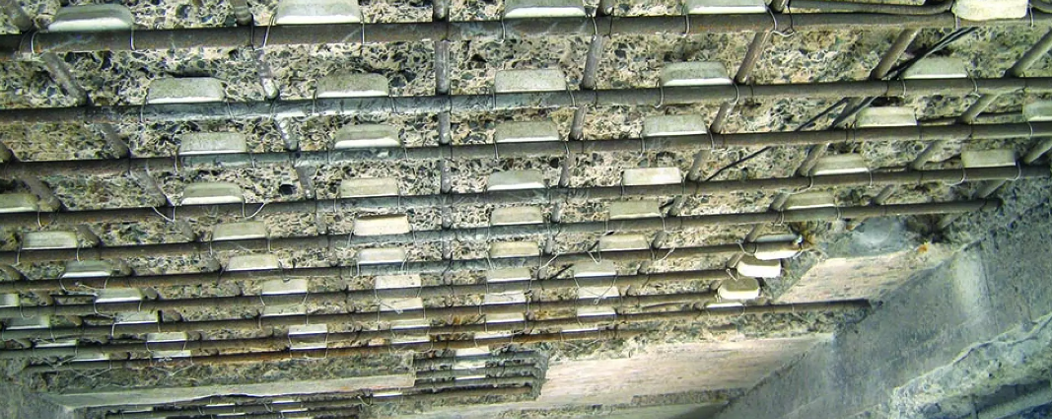
Wharf & Jetty Pile Cathodic Protection
Our team of engineers are dedicated to offering customized and robust CPS engineering designs for wharves and jetty piles to combat corrosion in submerged environments. Two primary CPS methods are used:
Each pile is protected independently, with anodes like zinc or aluminium welded to the pile. These anodes corrode over time and require periodic replacement.
This system connects all piles into a single electrical unit, providing a more efficient and cost-effective solution with minimal maintenance needs.

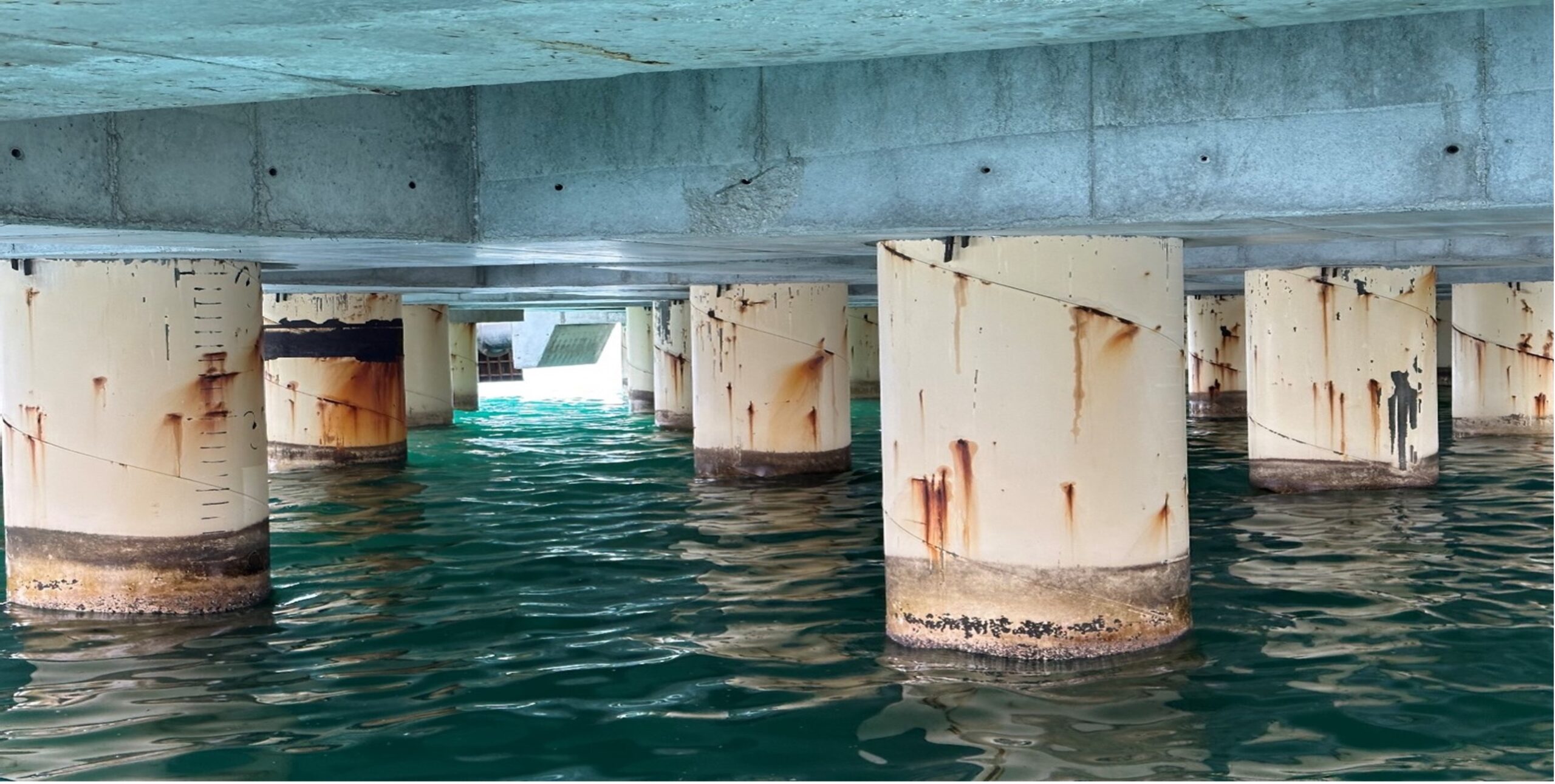
Wind Turbine Foundation Cathodic Protection
Offshore wind turbine foundations endure extreme conditions such as saltwater corrosion, bio-fouling, and mechanical impacts from ice floes and vessels that can breakdown conventional coatings. To protect these structures, we offer comprehensive cathodic protection and anti-corrosion design solutions.
Designed to meet the challenges of varying water depths, these systems provide long-term corrosion protection.
For splash zones, submerged zones, and atmospheric zones, we design specialized coatings and anode installations to ensure optimal protection and longevity.


Related Service
Leveraging our extensive experience, we offer valuable insights and recommendations for existing CP systems
We oversee every aspect of the design process, ensuring your CP system is meticulously planned and engineered for optimal protection
Beyond our core services, we offer tailored consulting solutions to address unique challenges and requirements